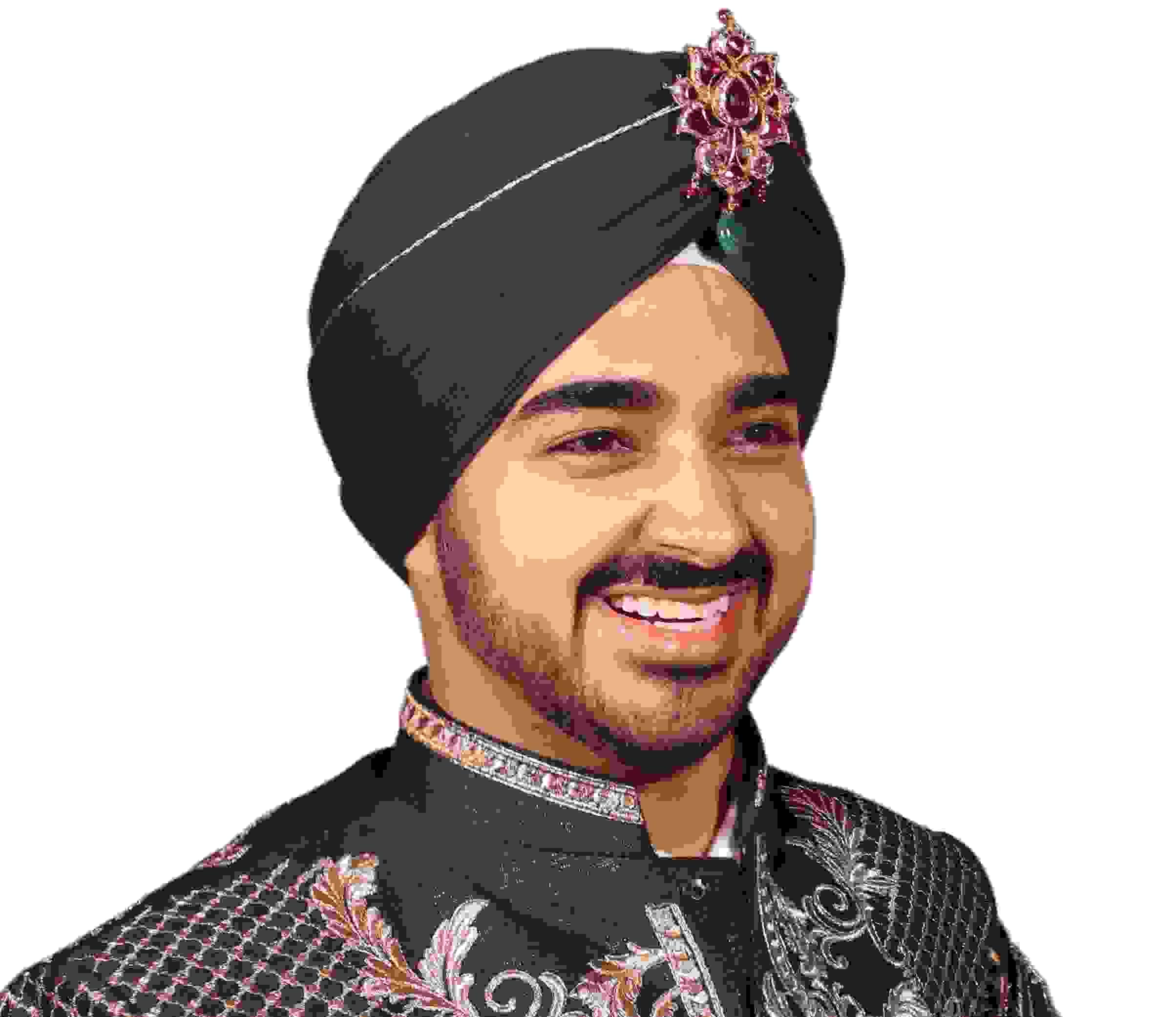Pandora Protocol Aiming to Solve Illiquidity in NFTs
With traditional finance, there are problems like privacy (a 2020 privacy study showed that 70% of the respondents believe that privacy is a very important material risk for financial firms), inflation, demand and supply, and time-value propositions. With decentralized finance, there are problems like user experience (UX) and user interface (UI) challenges on Web3 platforms, volatility, confidentiality, high transaction cost, mono-chain transactions, etc.
The non-fungible token (NFT) niche in DeFi—even though it's booming now—is also faced with some problems of its own. Illiquid NFTs, inefficient infrastructure, and data privacy are some problems the space faces and because the NFT ecosystem needs a decentralized P2P platform that is trust-less and assets can be tokenized and their authenticity validated at the same time, Pandora Finance has offered a solution; the Pandora Protocol.
Pandora Protocol
This is a decentralized, trustless, high-throughput, and interoperable protocol that provides a platform where real-world assets can be traded in a trustless and frictionless way via NFTs. Because the entire Pandora architecture is very modular, Developers can easily plug and play with the protocol. Some of the value propositions Pandora Protocol is offering are Liquidity to NFTs, Peer-to-peer on-chain exchange of both digital and real-world assets, trustless transactions, DAO government, Cross-chain transactions, Open finance, Open APIs amongst others.
Speaking about the platform, Pushkar Vohra, the Founder & CEO of Pandora Finance said, “We at Pandora have envisioned bridging the gap between on-chain and real-world assets via NFTs. Our team with driven forces is all geared up to revolutionize the NFT ecosystem by maximizing its potential and bringing liquidity to the world of latent illiquid assets.”
Pandora Stack
The Pandora Stack is made up of three layers:
1. The Pandora Chain: This is a self-sovereign and interoperable chain where any asset can be traded and tokenized. It can either be a Web2 or Web3 ecosystems like Polkadot, Ethereum, or any other chain.
2. The Pandora Software Development Kit (SDK): This would be a complete suite of all the features that can be plugged and played to any existing applications and it spins their functionalities. By simply integrating the SDK in their DApp, Developers can also create an application from scratch. With the SDK's help, a developer can
3. The Pandora DApps: Built for users, this DApp will be used by those looking to tokenize their real-world assets and participate in the trading of those tokenized assets. There are already a few DApp getting built on Pandora. They are:
Pandora's Fundraising Round
In May, the team at Pandora Protocol announced it had completed the seed and private sale funding rounds with strong investment support from some of the industry's heavyweights. The firm raised a total of $2.4 million, during the seed and private rounds.
Some of the major investors in that round are Genesis Block, Protocol Ventures, Genblock, Chain Asset Capital, AU21, Spark Digital Assets, Master Ventures, x21, Exnetwork, NGC, Tokyo Ventures, A195, Magnus Capital, Amesten, Crypto Dorm Fund, and accredited individual investors like Danish Chaudhari (Bitcoin.com) and others.
The $PNDR
The $PNDR is the native utility token of Pandora Finance. The $PNDR token would primarily be used for the trading of different NFT assets on the Pandora ecosystem. In the future, the token might be used as a staking and governance infrastructure token in the upcoming DAO setting.
$PNDR details
Token Name: Pandora
Token Ticker: PNDR
Token Standard: ERC20
Maximum Supply: 100 Million PNDR
$PNDR Distribution Model

Token Allocation Details
It is important to note that the supply sock is designed in such a way that there is less than 5% supply releasing post-TGE every month over 38 months.
Follow Pandora on:
Twitter — https://twitter.com/PandoraProtocol
Telegram — http://t.me/pandoraprotocol
LinkedIn — https://linkedin.com/company/pandoraprotocol

